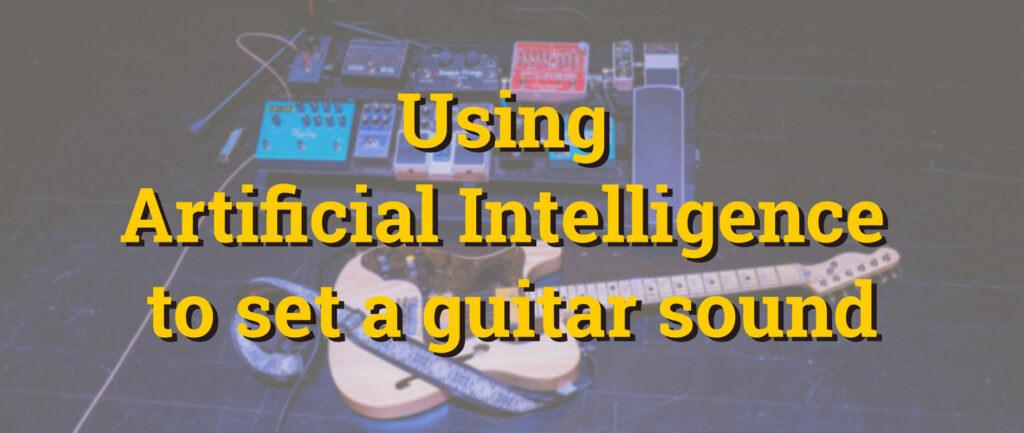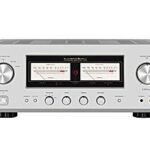Recent advancements in artificial intelligence have led to the emergence of various tools for sound creation. This guide will demonstrate how to craft a sound using NAM files and plugins found in Guitarix.
Getting Started with Guitar Sound
When it comes to managing guitar sound, there are multiple supported formats like AIDA-X, NAM, and RTNeural. Guitarix offers a module to utilize NAM or RTNeural amplifier models.
For those who prefer the AIDA-X plugin, it can be integrated into Guitarix. The AIDA-X plugin is accessible in the Audinux COPR repository and the MOD effect pedal.
The version of Guitarix utilized in this tutorial is sourced from the Audinux COPR repository, which also houses other AI-focused plugins.
Before using Guitarix in real-time to process your guitar sound with latency below 10 ms, a few steps need to be followed:
- Include ‘preempt=full threadirqs‘ as options on the kernel command line
- Adjust the settings in the file ‘/etc/security/limits.d/25-pw-rlimits.conf‘
- Add your user to the pipewire group
- Log out from the current window manager session and re-login for the changes to take effect
Now, you’re ready to utilize Guitarix in real-time mode by connecting your guitar to the input of your USB audio interface and your monitoring speakers to the output of your USB audio interface.
Guitarix: Essential Tools for Guitarists
Guitarix, with its initial commit dating back to November 2008, has evolved to version 0.46.0, featuring various plugins and a notable tube simulation module within its main interface. It also includes a tool for translating electronics schematics into LV2 plugins (available solely in the Git repository).
Featuring a VST3 version, Guitarix offers a user-friendly interface containing a plugin navigator, preset management section, and plugin placement areas for mono and stereo plugins.

Displayed as a rectangular block in Ray Session, Guitarix offers robust MIDI integration, supporting MIDI pedal boards and MIDI signal manipulation.
Crafting a Standard Sound
The standard organization of effect pedals typically includes pre-amplification, distortion, modulation, and reverberation elements for creating a well-rounded guitar sound.
To define a saturated sound manually:

This preset includes various plugins like GxDrop, Overdrive, compressor, Rat distortion, tube emulator, MIDI-controlled plugins for solo sound, reverb, and cabinet emulation for a dynamic guitar sound.











